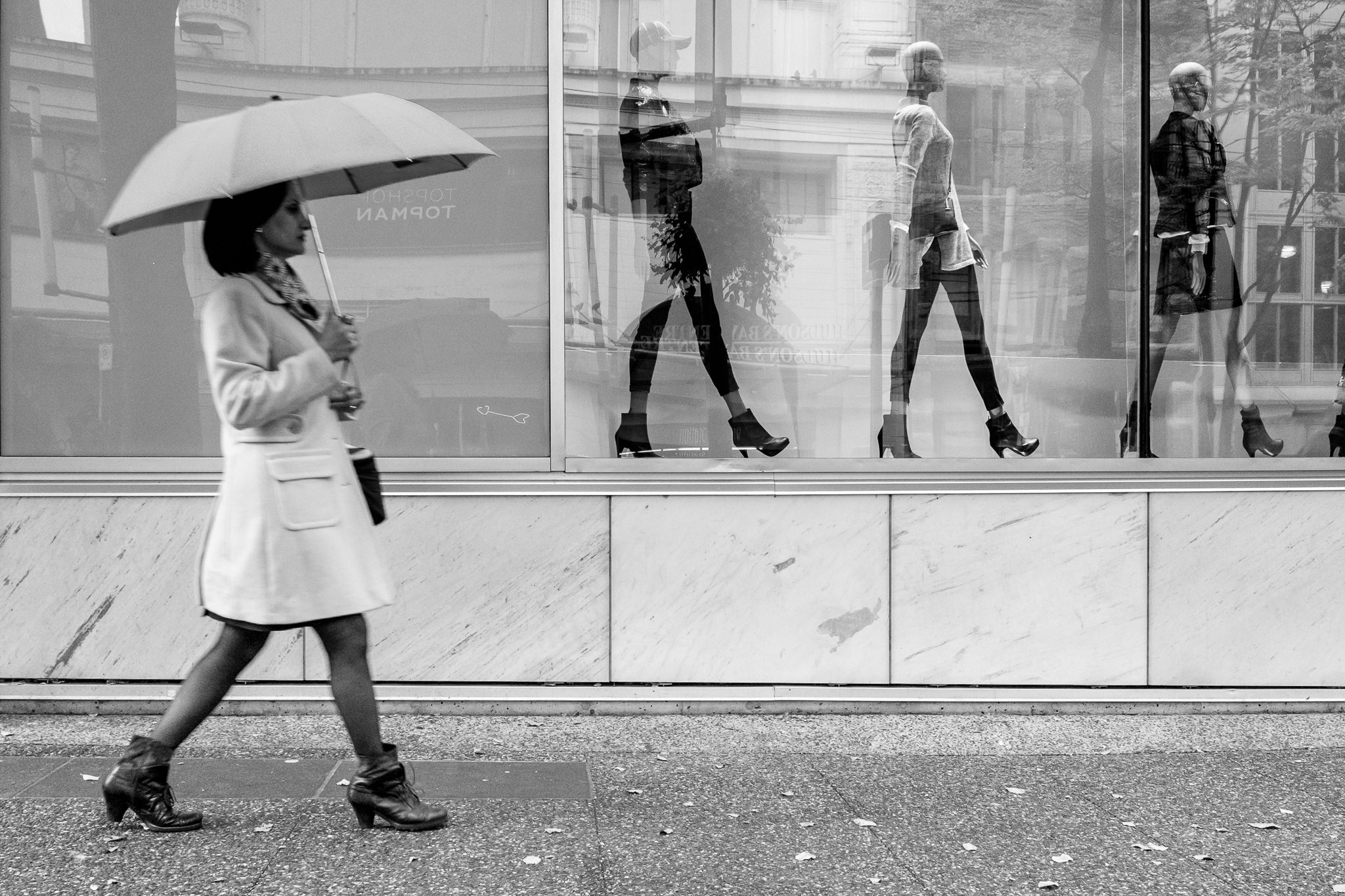The Basic Principles Of Framing Streets
The Basic Principles Of Framing Streets
Blog Article
The Of Framing Streets
Table of ContentsFraming Streets Can Be Fun For AnyoneFraming Streets Things To Know Before You Get ThisThe 3-Minute Rule for Framing StreetsFraming Streets Things To Know Before You BuyWhat Does Framing Streets Mean?5 Simple Techniques For Framing Streets
Photography genre "Crufts Canine Program 1968" by Tony Ray-Jones Street photography (likewise often called honest digital photography) is digital photography carried out for art or inquiry that includes unmediated possibility encounters and arbitrary cases within public locations, typically with the purpose of recording pictures at a definitive or touching minute by mindful framework and timing. 
, that was inspired to carry out a similar documents of New York City. As the city developed, Atget aided to advertise Parisian roads as a worthy topic for photography.

Our Framing Streets Ideas
Martin is the initial videotaped photographer to do so in London with a disguised video camera. Mass-Observation was a social research organisation established in 1937 which intended to tape everyday life in Britain and to record the responses of the 'man-in-the-street' to King Edward VIII's abdication in 1936 to wed separation Wallis Simpson, and the succession of George VI. In between 1946 and 1957 Le Groupe des XV each year exhibited work of this kind. Andre Kertesz. Circus, Budapest, 19 May 1920 Road photography formed the significant material of two events at the Museum of Modern Art (Mo, MA) in New york city curated by Edward Steichen, Five go to this web-site French Digital Photographers: Brassai; Cartier-Bresson, Doisneau, Ronis, Izis in 1951 to 1952, and Post-war European Digital Photography in 1953, which exported the concept of street digital photography internationally.

Framing Streets - Questions
The recording device was 'a hidden electronic camera', a 35 mm Contax hidden underneath his layer, that was 'strapped to the upper body and attached to a long cord strung down the ideal sleeve'. His job had little contemporary influence as due to Evans' level of sensitivities about the creativity of his job and the privacy of his topics, it was not published up until 1966, in the book Lots of Are Called, with an introduction created by James Agee in 1940.
Helen Levitt, then an instructor of children, connected with Evans in 193839. She documented the temporal chalk illustrations - Sony Camera that became part of children's road society in New york city at the time, as well as the youngsters that made them. In July 1939, Mo, MA's brand-new digital photography section consisted of Levitt's operate in its inaugural exhibitRobert Frank's 1958 book,, was considerable; raw and typically indistinct, Frank's pictures examined mainstream photography of the moment, "challenged all the official regulations laid down by Henri Cartier-Bresson and Walker Evans" and "contradicted the wholesome pictorialism and heartfelt photojournalism of American publications like LIFE and Time".
Report this page